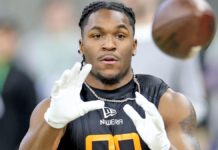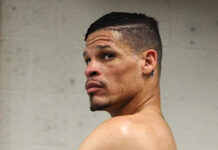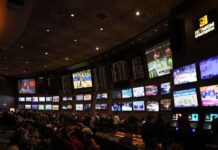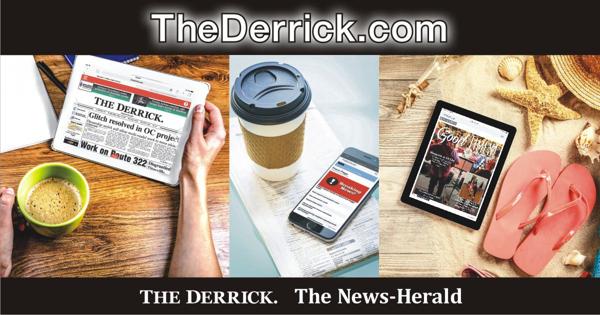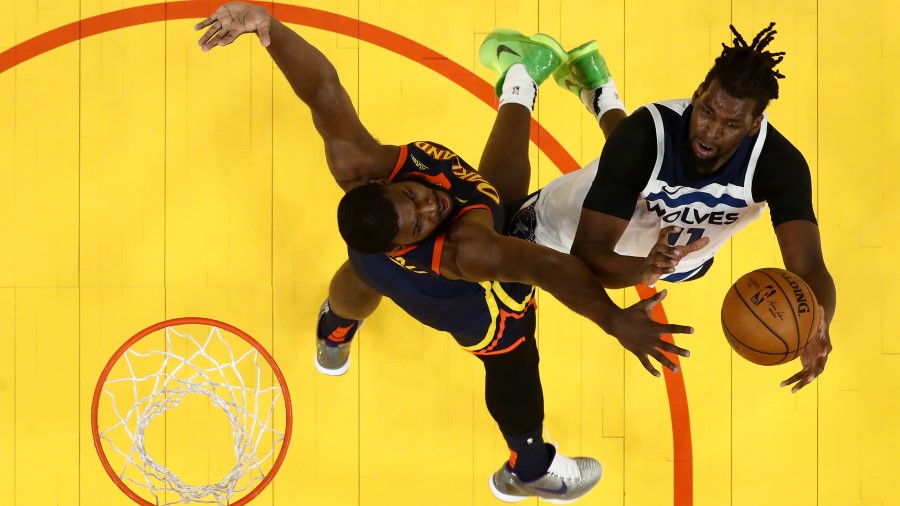
SALT LAKE CITY, Utah – The Utah Jazz season is 40 days away and training camps opens later this month.
With the roster complete outside of a few late camp invites, Jazz fans are anxiously awaiting the beginning of the season.
To help bridge the final stretch, it’s time to answer your mailbag questions as the team prepares to return for open gym in the coming days.
You can listen to KSL Sports Ben Anderson discuss the issues in the podcast player below, or read his answers in the article.
Jazz Mailbag
I would be surprised to see Rudy Gay get many minutes at the center positions considering the Jazz already have 33 minutes penciled in for Rudy Gobert, and another 15 available to Hassan Whiteside and Udoka Azubuike.
Whiteside should open the year as the team’s backup, though that may be one of the more intriguing under-the-radar battles heading into training camp.
Azubuike showed impressive offensive promise (outside of his free-throw shooting) during summer league and could alleviate some of the Jazz issues when teams go small as he is truly deadly with the ball in his hands near the rim.
The same can be said for Whiteside who has a significantly better post-up game than Gobert, though I’m hesitant to believe Quin Snyder will deviate much from his offensive system to draw up back to the basket looks for Azubuike and Whiteside, especially in the playoffs when the Jazz have proven to need it most.
Gay played just nine percent of his minutes last season at center for the San Antonio Spurs, and those almost all came while the roster was decimated by injuries in the frontcourt.
It was also a bit of a gimmick by Gregg Popovich to cover Gay’s diminished athleticism on both ends of the floor. Entering his 15th season, the forward no longer blows past perimeter defenders and likewise struggles to defend away from the hoop.
Furthermore, the upside to having Gay at the five was it allowed the Spurs to generate more three-point looks, something they struggled to do last season otherwise.
The Jazz on the other hand set NBA records for three-pointers attempted and made last season, eliminating the need for a small ball five to be that catalyst.
Thus, I don’t expect to see Gay at the five much at all next year.
Eric Paschall could be another story, however. The big man played nearly 30 percent of his minutes last season at the center in Golden State after playing just two percent of his minutes there as a rookie.
Steve Kerr struggled to find the right role for Paschall last season with the Warriors and eventually pulled him from the rotation entirely, but the best minutes the coach got from the second-year player did come at center.
At this point in his career, Paschall is a better athlete than Gay, and even if he is two inches and 10 pounds smaller, might be a better option at center with his previous experience.
Additionally, it might be the only way Paschall finds the floor (more on that later). Ultimately, I would be surprised to see the Jazz go small in the front court very often, but if Snyder chooses to play a five-out lineup, I’d bet on Paschall getting more opportunity at the center position.
Considering Snyder, like most NBA coaches, has relied on a nine-man rotation, I think the initial belief that Paschall, Jared Butler, and Trent Forrest will struggle to find minutes every night is probably accurate.
Let’s look at the Jazz depth chart entering training camp before we go any further.
PG: Mike Conley/Joe Ingles/Trent Forrest
SG: Donovan Mitchell/Jordan Clarkson/Jared Butler
F: Bojan Bogdanovic/Eric Paschall/Miye Oni/Elijah Hughes
F: Royce O’Neale/Rudy Gay/Jarrell Brantley
C: Rudy Gobert/Hassan Whiteside/Udoka Azubuike
The Jazz are legitimately two-deep at the point guard, shooting guard, and either forward spot with proven NBA players (you can interchange Bojan Bogdanovic and Royce O’Neale as the team’s small forward or power forward) with Gay playing backup at the four.
However, that leaves some question marks as to who will get minutes at the backup three, and who gets minutes behind Gobert.
At the forward spots, the easy bet to fill the 96 nightly minutes would be a pretty even split between O’Neale, Bogdanovic, and Gay. But, that should still leave 10-15 minutes for a fourth forward in the rotation if Snyder wants to extend his rotation that far.
At center, Whiteside should be able to fill those 15 minutes of backup duty, but he didn’t carve out that role last season in Sacramento.
As previously mentioned, either the fourth forward spot or the backup center spot could leave minutes for Paschall to find his way into the rotation.
As for Forrest and Butler, I’d keep an eye on how liberally Snyder rests the top four players in his guard rotation next season. Conley, Mitchell, and Jordan Clarkson were all dealing with pronounced injuries during the playoffs last season, and Joe Ingles is coming off a summer filled with Olympic basketball.
Aiming to rest one of those players at least once a week could open up a ton of opportunity for both Forrest and Butler, both of who I believe can carve out a role in an NBA rotation.
I don’t really have a happiness scale when it comes to the Jazz return on trades as I am not a rooting fan of the team, though I must admit I think regularly about how incredibly lopsided the return on that trade has turned out to be.
Just to follow up on how that trade has worked out, let’s take a look at where Mitchell, Trey Lyles, and Tyler Lydon have ended up in their careers.
Mitchell is entering his fifth season beginning his first year on a max contract that will keep him in Utah for at least the next four seasons.
He’s a two-time All-Star, a perennial top-20 scorer, one of the best playoff performers in basketball, and is only now scratching the surface of his enormous potential.
Lyles has carved out an NBA career for himself, though I think it’s safe to say he’s not lived up to his billing as a lottery pick. The forward is entering year seven in the NBA, now on his fourth team after signing a two-year, $5 million deal with the Pistons (the second year is a team option).
Lydon however has seen his career take a much less successful turn. The forward wound up playing 26 career games in the NBA, had two separate stints in the G League, and most recently was featured on Boeheim’s Army in “The Basketball Tournament.” To Lydon’s credit, his team won the tournament, earning him an $80,000 share of the million-dollar prize money before retiring completely from basketball.
For reference, under Mitchell’s new contract, the guard will be paid a little over $85,000 per quarter this upcoming season.


